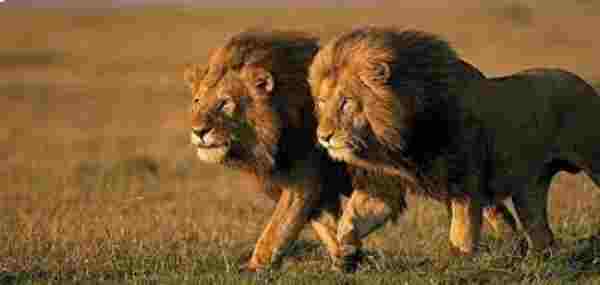The animal kingdom is filled with a never-ending cycle of prey and predators. It can be difficult to imagine any animal without a natural enemy or predator, but there are apex predators out there that rule over their domains with fearsome authority. These powerful animals sit at the top of the food chain, too big, fast, and aggressive to be killed by other animals easily. It’s fascinating to learn about these creatures and their natural habitats, such as the African savannah or the depths of the ocean.
Table of Contents
From the massive polar bear to the elusive king cobra, many of these apex predators are shrouded in mystery and intrigue. While they may not have natural predators, they still face threats from environmental changes and human activities. So, let’s take a deep dive into the top 10 apex predators and discover some interesting facts along the way.
10 Animals with No Natural Predators
Here is a list of 10 animals with no natural predators and the reasons they crown the top of the food chain.
1. KILLER WHALE
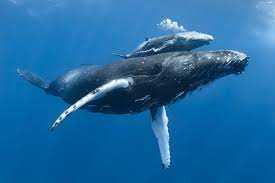
Scientific name: Orcinus orca
The killer whale, also known as the orca, may be called a whale but it is actually the largest species of dolphin, growing up to 32 feet long. These magnificent creatures are masters of the sea, known for their strength and intelligence. They are apex predators and have been documented attacking and killing other apex predators, such as great white sharks and even sperm whales. Killer whales hunt in packs, just like wolves, and their packs are called pods, consisting of up to 30 individuals. Despite being found in all oceans, they are more commonly found in the cold waters around Antarctica and Alaska. These social animals always live in close-knit family groups, making them true rulers of the sea.
2. ELECTRIC EEL
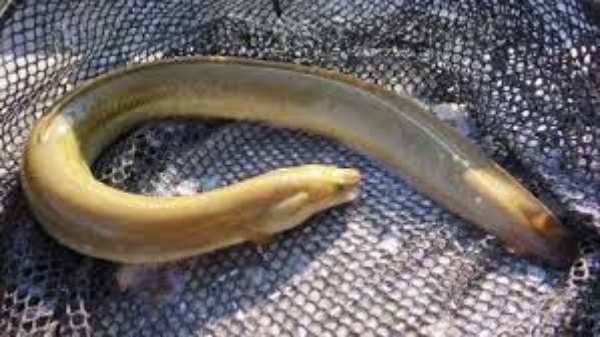
Scientific name: Electrophorus electricus
Electric eels are fascinating creatures that have no natural predators due to the dangerous electric charges they can generate. Their ability to release up to 800 volts of electricity is incredibly impressive, and they are capable of killing animals as big as caiman alligators. That’s a higher voltage than standard household outlets! However, electric eels don’t always release deadly voltages.
They can also use low discharges for communication or simply to scare other animals away. Despite their names, these creatures are actually a species of knifefish and are closer related to carp and catfish than eels. Growing between 6 to 8 feet, electric eels prefer living in slow-moving waters of pools, streams, ox-bow lakes, and flooded forests. These incredible creatures can be found throughout northern South America and are a fascinating reminder of the vast diversity of animal species that exist in our world.
3. TIGER SHARK
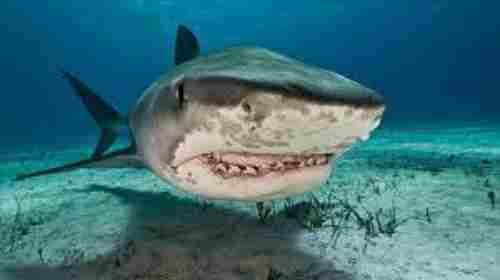
Scientific name: Galeocerdo cuvier
The ocean is home to some of the scariest creatures on the planet, and the tiger shark is no exception. Named after their distinctive tiger-like stripes, these sharks can grow up to 16 feet long, making them one of the largest predatory sharks in the sea. Unlike many other species, adult tiger sharks have no natural predators, thanks to their sheer size, speed, and massive jaws lined with razor-sharp teeth.
Of the top three most aggressive shark species, the tiger shark’s teeth are specifically designed to shear through flesh and inflict devastating damage. These predators typically inhabit warm, tropical waters such as those found in the Pacific Islands. While other sharks or killer whales may prey on juvenile tiger sharks, once they reach adulthood, they are virtually unstoppable.
4. SPERM WHALE

Scientific name: Physeter macrocephalus
The sperm whale, also known as the cachalot whale, is a true titan of the ocean. As the largest-toothed predator and whale on earth, these creatures are a sight to behold. Adult males can reach up to an impressive 52 feet long, making them too big and dangerous for any other animal to hunt. In fact, the only known threat to sperm whales is packs of killer whales. Even so, these incredible creatures are typically found in deep waters far from shore.
However, they can sometimes be spotted in areas with underwater canyons or around islands. All sperm whales get their name from the waxy substance found in their heads, known as spermaceti. This valuable substance has a rich history – it was once used for making wax candles, textile finishing, and ointments. Overall, the sperm whale is an impressive and fascinating creature that never ceases to captivate us.
5. AFRICAN LION

Scientific name: Panthera leo
There’s something truly awe-inspiring about the African lion. These majestic beasts are some of the largest lion species in the world, with males growing to be upwards of 6.5 feet long and weighing a whopping 420 pounds. Naturally, when you encounter one, these creatures command respect simply with their size and presence alone.
But what many people don’t know is that African lions are also extremely intelligent and cunning predators that rival even the most fearsome carnivores. In fact, they often compete with other predators like cheetahs and African cougars when hunting prey. And if that wasn’t enough, they’re also the only cats that live in groups, or prides, and will even work together when taking down prey in open grasslands.
6. NORTH AMERICAN COUGAR
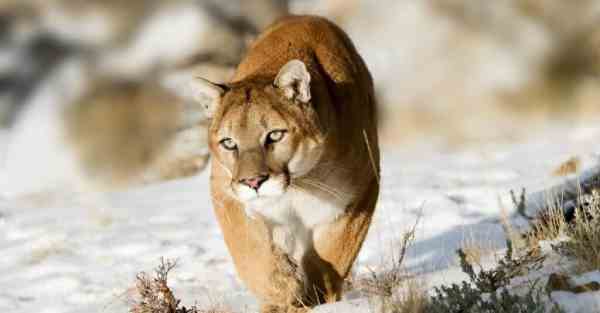
Scientific name: Puma concolor couguar
The North American cougar, a formidable predator, is among the most elusive creatures found in the continent’s diverse ecosystems. These magnificent creatures, also known as mountain lions or panthers, are fascinating to those who have studied them. They are native to a broad range of habitats in North and Central America, including western Canada, the Western United States, and parts of Florida.
They are solitary animals, known to be excellent hunters, and have an exceptional ability to run at speeds of up to 50 miles per hour. Their powerful bite and momentum can break the neck of their prey with ease, making them a top apex predator. Cougars share their environment with other predators such as wolves and bears, which compete for food in this fiercely competitive ecosystem. Their solitary nature and ability to survive in their wild habitat make them one of nature’s most awe-inspiring creatures.
7. GRIZZLY BEAR

Scientific name: Ursus arctos horribilis
Grizzly bears are an impressive and formidable subspecies of the brown bear. Standing up to 8 feet tall, these large creatures are renowned for their aggressiveness and protective nature towards their young.
When feeling threatened, grizzlies will stand on their hind legs, make blowing sounds, and slap the ground to warn intruders to back off. Additionally, these mighty bears can reach speeds of up to 30 miles per hour, proving that they are not to be underestimated.
In Alaska, it’s common to see gatherings of grizzly bears eagerly waiting at prime fishing spots where salmon swim upstream. And let’s not forget that they are a beloved species of Yellowstone National Park and a true icon of the North American wilderness.
8. KOMODO DRAGON
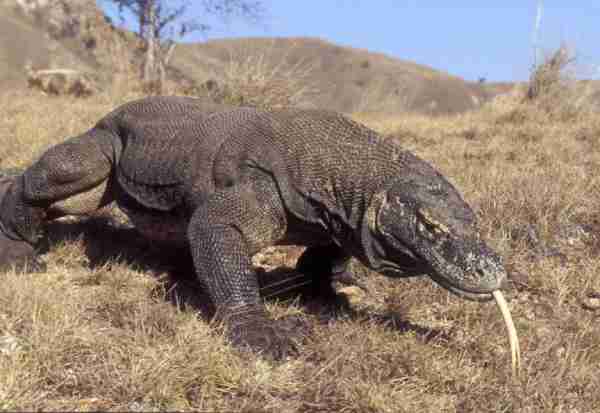
Scientific name: Varanus komodoensis
Komodo dragons are an astonishing sight to behold. Native to Indonesia’s Lesser Sunda islands, these formidable creatures thrive in hot, dry, and tropical climates. These lizards have no natural predators, making them the most dominant predator in their habitat. With razor-sharp, slashing teeth and powerful bites, they’re able to ambush and take down live prey with ease.
But what’s even more impressive is their venomous saliva and incredible size. Able to grow up to 10 feet long, it’s easy to understand why these giant lizards are such a force to be reckoned with. Komodo dragons may be fearsome, but they are also truly captivating.
9. SALTWATER CROCODILE
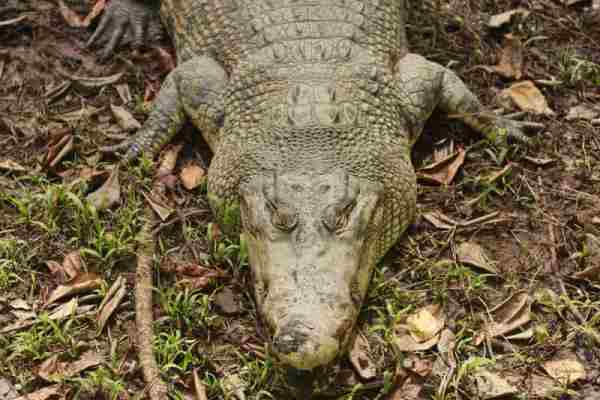
Scientific name: Crocodylus porosus
Saltwater crocodiles are much more than just another predator in the animal kingdom. These massive creatures are the largest living crocodile species, with some measuring up to 17 feet in length and weighing over 1,000 pounds. Found primarily in saltwater habitats and brackish wetlands along the coasts of eastern India, Southeast Asia, northern Australia, and Micronesia, saltwater crocodiles are natural apex predators, ambushing prey and even overtaking other predators such as sharks.
Sadly, humans pose the biggest threat to these magnificent creatures, as they are hunted for their meat and used for their highly sought-after skin, which is often made into shoes, bags, and other goods. Despite this threat, saltwater crocodiles remain a magnificent and awe-inspiring creature that piques the curiosity of animal lovers and researchers alike.
10. CROWNED EAGLE

Scientific name: Stephanoaetus coronatus
In the vast continent of Africa, one bird rules them all – the crowned eagle. Known for their raw power and swift hunting skills, these eagles are the apex predators of the skies. With long talons and thick legs, they can take down prey over four times their size with ease.
Their natural habitats are the mountains, forests, and grasslands in central and southeastern Africa, where they can hone their hunting skills. But what’s truly impressive is that these birds can swoop down at a startling speed of 100 miles per hour when hunting prey. It’s no wonder that crowned eagles are regarded as the most brutal and efficient hunters in the African wilderness.
FAQs
Which animal has the least amount of predators?
Blue whale
Are there any herbivores without predators?
Hippopotamus
What animal is a silent predator?
The American alligator
Final Words
Animals with no natural predators are unique and fascinating creatures that have evolved to survive in their respective ecosystems without the need for defense mechanisms. From the giant squid to the flightless cormorant, these animals have thrived in their environments due to a lack of natural threats.
But while being at the top of the food chain may seem advantageous, it also comes with its own set of challenges. Without any predators to keep their populations in check, some species can overpopulate, leading to a depletion of resources and potential ecological imbalances.
Nonetheless, studying these animals with no natural predators can provide valuable insights into how they have adapted to their environment and how they contribute to the delicate balance of their ecosystem.
Reference:
- https://www.online-field-guide.com/animals-with-no-natural-predators/
- https://en.wikipedia.org/wiki/Man-eater
- https://www.seaparadise.com/top-ten-most-harmless-animals-in-the-world/

Jeevan Kodiyan
An animal enthusiast with an interest in zoology, studying the behavior and activities of animals in the wild habitat. I work on research projects related to species conservation and endangered species protection. I also leverage zoology to become an educator, educating others about the importance of protecting our natural environment and the beauty of animals in their natural habitats.

